Home>Gardening & Outdoor>Landscaping Ideas>How To Separate Monkey Grass
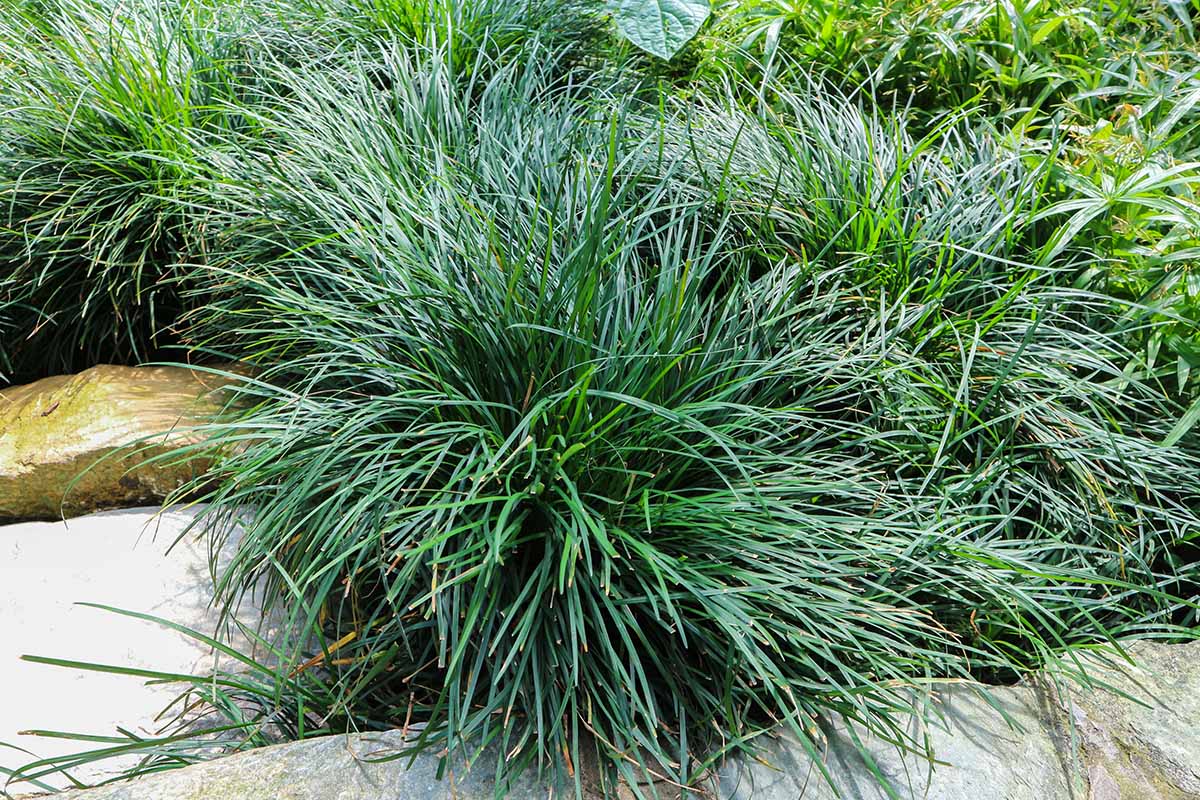

Landscaping Ideas
How To Separate Monkey Grass
Modified: February 18, 2024
Learn effective landscaping ideas for separating monkey grass in your garden. Discover step-by-step techniques for creating a beautiful and organized outdoor space.
(Many of the links in this article redirect to a specific reviewed product. Your purchase of these products through affiliate links helps to generate commission for Storables.com, at no extra cost. Learn more)
Introduction
Welcome to the wonderful world of landscaping, where the beauty of nature meets the creativity of human hands. If you’re looking to add a touch of elegance and charm to your outdoor space, monkey grass is an excellent choice. This versatile and low-maintenance plant, also known as lilyturf or liriope, is a popular option for borders, ground cover, and accentuating garden features.
One of the many joys of cultivating monkey grass is the ability to propagate and expand your green oasis by separating existing clumps into smaller, manageable sections. Whether you’re aiming to fill in bare spots or simply want to control the spread of your monkey grass, the process of separation is a rewarding and straightforward endeavor.
In this comprehensive guide, we’ll walk you through the step-by-step process of separating monkey grass, from gathering the necessary tools to caring for the newly divided plants. By the end, you’ll be equipped with the knowledge and confidence to divide and conquer your monkey grass with ease, ensuring a thriving and vibrant landscape for years to come.
Key Takeaways:
- Separating monkey grass is a rewarding and straightforward process that involves gathering tools, preparing the plants, dividing them carefully, and replanting for a lush and vibrant landscape.
- Aftercare is crucial for the newly separated monkey grass, including watering, fertilizing, weed control, pest monitoring, maintenance pruning, and seasonal adjustments for long-term success.
Read more: Why Is Monkey Grass Called Monkey Grass
Step 1: Gather necessary tools and materials
Before embarking on the journey of separating your monkey grass, it’s essential to assemble the required tools and materials. By ensuring you have everything at your fingertips, you’ll streamline the process and set the stage for a successful separation.
Here’s a list of the tools and materials you’ll need:
- Gardening gloves: Protect your hands from any sharp edges or debris while handling the monkey grass.
- Hand trowel or garden spade: These tools will aid in digging around the clumps of monkey grass and loosening the soil.
- Pruning shears or a sharp knife: Use these to divide the monkey grass into smaller sections, ensuring a clean and precise cut.
- Wheelbarrow or garden cart: A convenient way to transport the separated monkey grass to their new planting locations.
- Watering can or garden hose: Ensure that you have a water source nearby to hydrate the plants after they have been separated and replanted.
- Organic fertilizer: Prepare the soil with a balanced fertilizer to provide essential nutrients for the newly separated monkey grass.
- Mulch: Once the monkey grass is replanted, mulch can help retain moisture and suppress weed growth.
By having these tools and materials on hand, you’ll be well-prepared to tackle the separation process with efficiency and ease. With the stage set and your tools at the ready, you’re one step closer to expanding and rejuvenating your monkey grass with confidence.
Step 2: Prepare the monkey grass for separation
Before diving into the actual separation process, it’s crucial to prepare the monkey grass to ensure a smooth and successful transition for the plants. This step sets the foundation for healthy and thriving growth post-separation.
Here are the essential steps to prepare the monkey grass for separation:
- Choose the right time: Opt for a time when the weather is mild, and the soil is moist but not overly saturated. Early spring or early fall are generally ideal seasons for separating monkey grass.
- Water the monkey grass: A day or two before you plan to separate the plants, give the monkey grass a deep watering. Moist soil will make it easier to dig and divide the clumps without causing excessive stress to the plants.
- Trim the foliage: Using pruning shears or a sharp knife, trim the foliage of the monkey grass to a manageable height. Aim to remove about one-third of the overall foliage, which will reduce stress on the plants during and after the separation process.
- Mark the sections for separation: If you’re dividing a large area of monkey grass, consider using garden twine or small stakes to mark the sections you intend to separate. This will provide a visual guide and help maintain the overall aesthetic appeal of the landscape.
- Loosen the soil: With a hand trowel or garden spade, gently loosen the soil around the clumps of monkey grass. Work around the perimeter of each clump, taking care not to damage the roots.
By following these preparatory steps, you’ll ensure that the monkey grass is primed for a successful separation. Thoughtful preparation sets the stage for a seamless transition, promoting the health and vitality of the plants as they embark on their new growth journey.
Step 3: Divide the monkey grass
Now that the monkey grass is prepped and ready, it’s time to delve into the exciting process of dividing the clumps into smaller, manageable sections. This step requires precision and care to ensure the health and vigor of the separated plants.
Follow these steps to divide the monkey grass:
- Locate natural divisions: Examine the clumps of monkey grass and identify natural separations or areas where the plants can be easily divided. Look for sections with their own set of roots and foliage, ensuring that each division is equipped to thrive independently.
- Use sharp tools: Employ pruning shears or a sharp knife to make clean cuts through the roots and foliage. Avoid tearing or ripping the plant material, as this can lead to unnecessary stress and potential damage.
- Divide with care: Gently separate the identified sections, taking care to preserve the root system and ensure that each division has an adequate amount of foliage. If the clumps are particularly dense, you may need to use the garden spade to carefully divide them into smaller portions.
- Trim any damaged roots: Inspect the roots of each divided section and trim any damaged or excessively long roots. This will encourage the development of healthy new roots and facilitate successful establishment in their new planting locations.
By approaching the division process with attentiveness and precision, you’ll set the stage for the separated monkey grass to thrive and flourish in their individual spaces. Each carefully divided section holds the promise of new growth and vitality, contributing to a lush and vibrant landscape.
To separate monkey grass, use a sharp shovel or garden fork to dig around the clump. Gently lift and divide the clump into smaller sections, making sure each section has roots attached. Replant the sections in desired locations and water well.
Step 4: Replant the divided monkey grass
With the monkey grass successfully divided, it’s time to embark on the next crucial phase: replanting the separated sections into their new homes. This step is pivotal in ensuring the continued health and growth of the divided plants, setting the stage for a flourishing landscape.
Follow these steps to replant the divided monkey grass:
- Prepare the planting area: Choose well-draining soil and ensure that the planting area receives the appropriate amount of sunlight for the specific variety of monkey grass. Loosen the soil and incorporate organic matter to provide a nourishing environment for the newly planted sections.
- Dig planting holes: Using a hand trowel, create planting holes that are slightly wider and deeper than the root system of each divided section. Space the holes according to the desired arrangement, whether you’re creating a border or filling in specific areas of the landscape.
- Plant the divided sections: Gently place each divided section into its respective planting hole, ensuring that the roots are positioned evenly and covered with soil. Lightly pat the soil around the base of each plant to secure them in place.
- Water the newly planted sections: Provide a thorough watering to settle the soil around the roots and hydrate the newly replanted monkey grass. Adequate moisture is essential in facilitating the establishment of the divided sections in their new environment.
- Apply mulch: Consider applying a layer of organic mulch around the base of the newly planted sections. Mulch helps retain moisture, suppresses weed growth, and provides a protective layer for the developing root systems.
By following these steps, you’ll ensure that the divided monkey grass is seamlessly integrated into its new surroundings, poised for continued growth and vitality. The careful and attentive replanting process sets the stage for a lush and thriving landscape, with the divided sections seamlessly blending into their designated spaces.
Read more: How To Separate Mulch From Grass
Step 5: Care for the newly separated monkey grass
After successfully replanting the divided monkey grass, it’s essential to provide attentive care to support the plants as they acclimate to their new surroundings and embark on a journey of growth and rejuvenation. By implementing thoughtful care practices, you’ll foster the health and vitality of the separated sections, ensuring a flourishing landscape.
Here are the key steps to care for the newly separated monkey grass:
- Watering: Ensure that the newly planted sections receive adequate moisture, especially during the initial establishment phase. Water deeply but infrequently, allowing the soil to partially dry out between watering sessions to encourage healthy root development.
- Fertilization: Consider applying a balanced, slow-release fertilizer to provide essential nutrients for the developing plants. Follow the recommended application rates and timing to support robust growth and vibrant foliage.
- Weed control: Keep the area around the newly separated monkey grass free from weeds, which can compete for essential resources and hinder the growth of the plants. Regularly inspect the planting area and remove any emerging weeds to maintain a conducive environment for the divided sections.
- Monitoring for pests and diseases: Keep a close eye on the separated monkey grass for any signs of pest infestations or disease. Early detection and appropriate intervention can prevent potential damage and preserve the health of the plants.
- Maintenance pruning: As the divided sections of monkey grass continue to grow, consider light maintenance pruning to shape the foliage and promote a tidy and manicured appearance. Remove any discolored or damaged leaves to encourage fresh growth.
- Seasonal care: Adjust your care practices according to the changing seasons. Provide winter protection, such as a layer of mulch, for the divided sections in colder climates, and adjust watering and fertilization routines based on seasonal requirements.
By implementing these care practices, you’ll provide the necessary support for the newly separated monkey grass to thrive and contribute to a vibrant and picturesque landscape. Thoughtful and attentive care sets the stage for long-term success, allowing the divided sections to flourish and enhance the beauty of your outdoor space.
Conclusion
Congratulations on successfully navigating the process of separating monkey grass, a rewarding endeavor that offers the opportunity to expand and rejuvenate your outdoor landscape. By following the step-by-step guide outlined in this article, you’ve gained valuable insights into the art of dividing and caring for monkey grass, setting the stage for a flourishing and visually captivating garden or yard.
As you reflect on the journey of separating monkey grass, remember that the meticulous preparation, division process, and attentive care are all integral components of fostering the health and vitality of the divided sections. Your dedication and thoughtful approach will undoubtedly yield a landscape adorned with lush and vibrant monkey grass, enhancing the overall appeal of your outdoor environment.
Embrace the ongoing journey of tending to your separated monkey grass, providing the essential elements of water, nourishment, and vigilant care to support their growth and development. As the seasons unfold, observe the transformation of the divided sections into thriving, verdant expanses, adding a touch of natural elegance to your surroundings.
With each passing year, the divided monkey grass will continue to flourish, serving as a testament to your horticultural prowess and dedication to nurturing a captivating outdoor space. Whether used as a border, ground cover, or accent feature, the separated monkey grass will contribute to a picturesque and inviting landscape, beckoning admiration from all who behold its beauty.
May your journey with separated monkey grass be filled with the joy of witnessing new growth, the satisfaction of a well-tended garden, and the delight of a landscape adorned with nature’s timeless allure. Embrace the art of separating monkey grass as a fulfilling and enriching pursuit, and revel in the ever-unfolding beauty it brings to your outdoor sanctuary.
Frequently Asked Questions about How To Separate Monkey Grass
Was this page helpful?
At Storables.com, we guarantee accurate and reliable information. Our content, validated by Expert Board Contributors, is crafted following stringent Editorial Policies. We're committed to providing you with well-researched, expert-backed insights for all your informational needs.
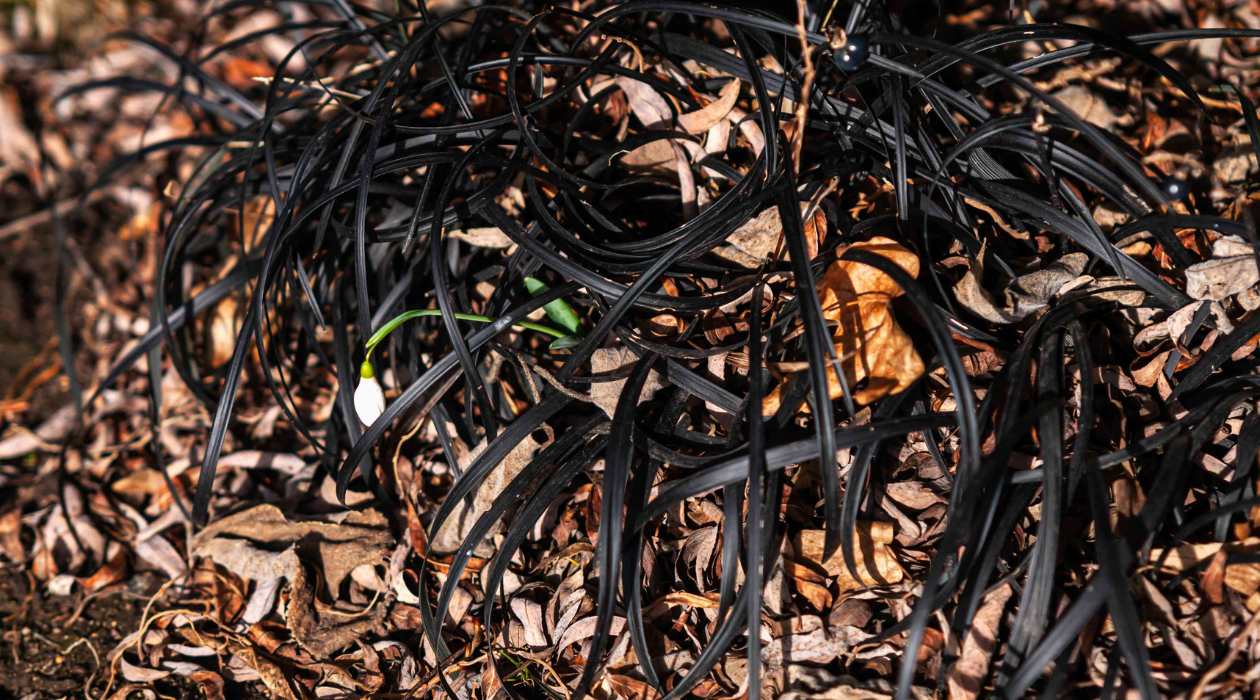
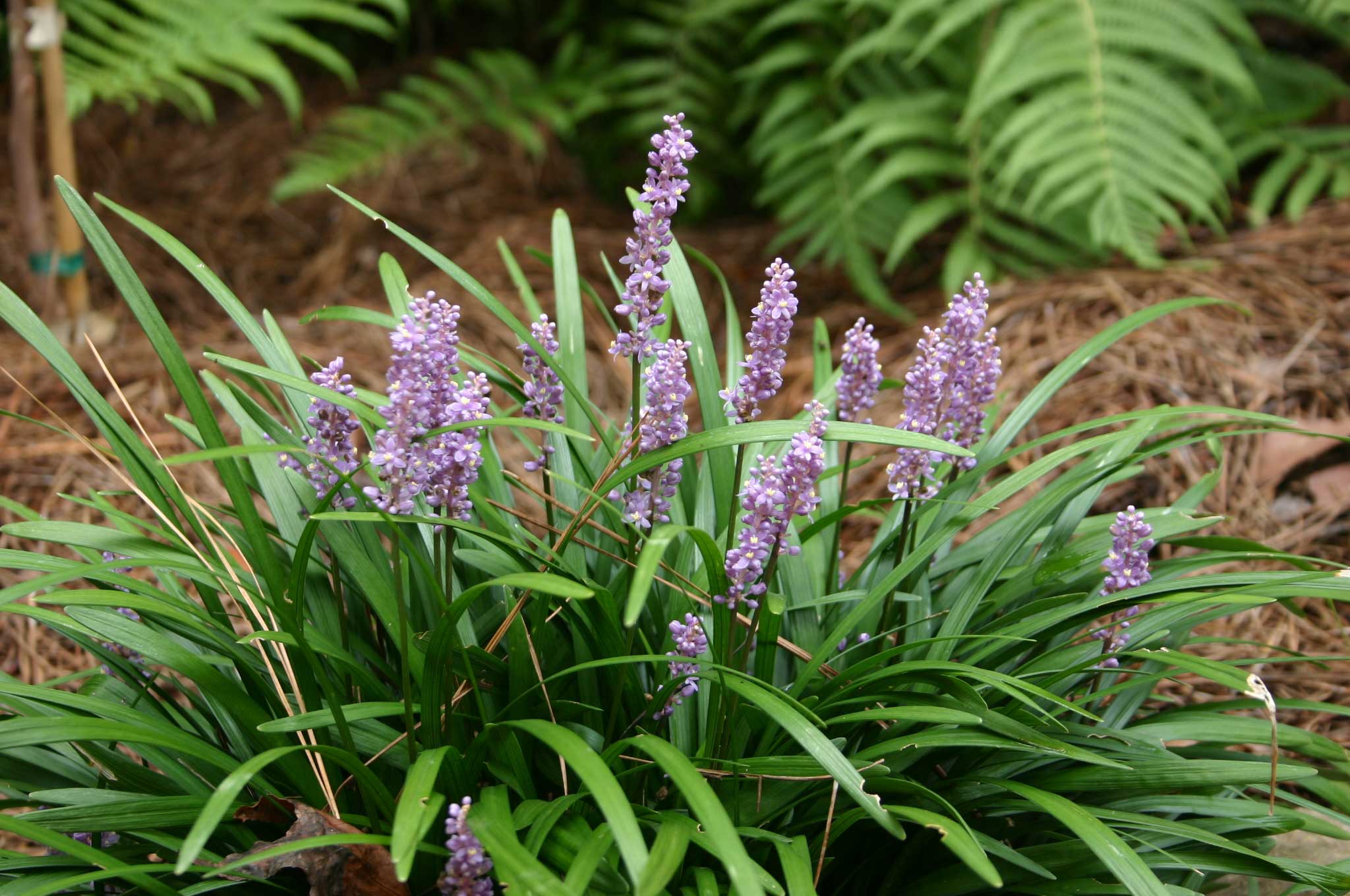
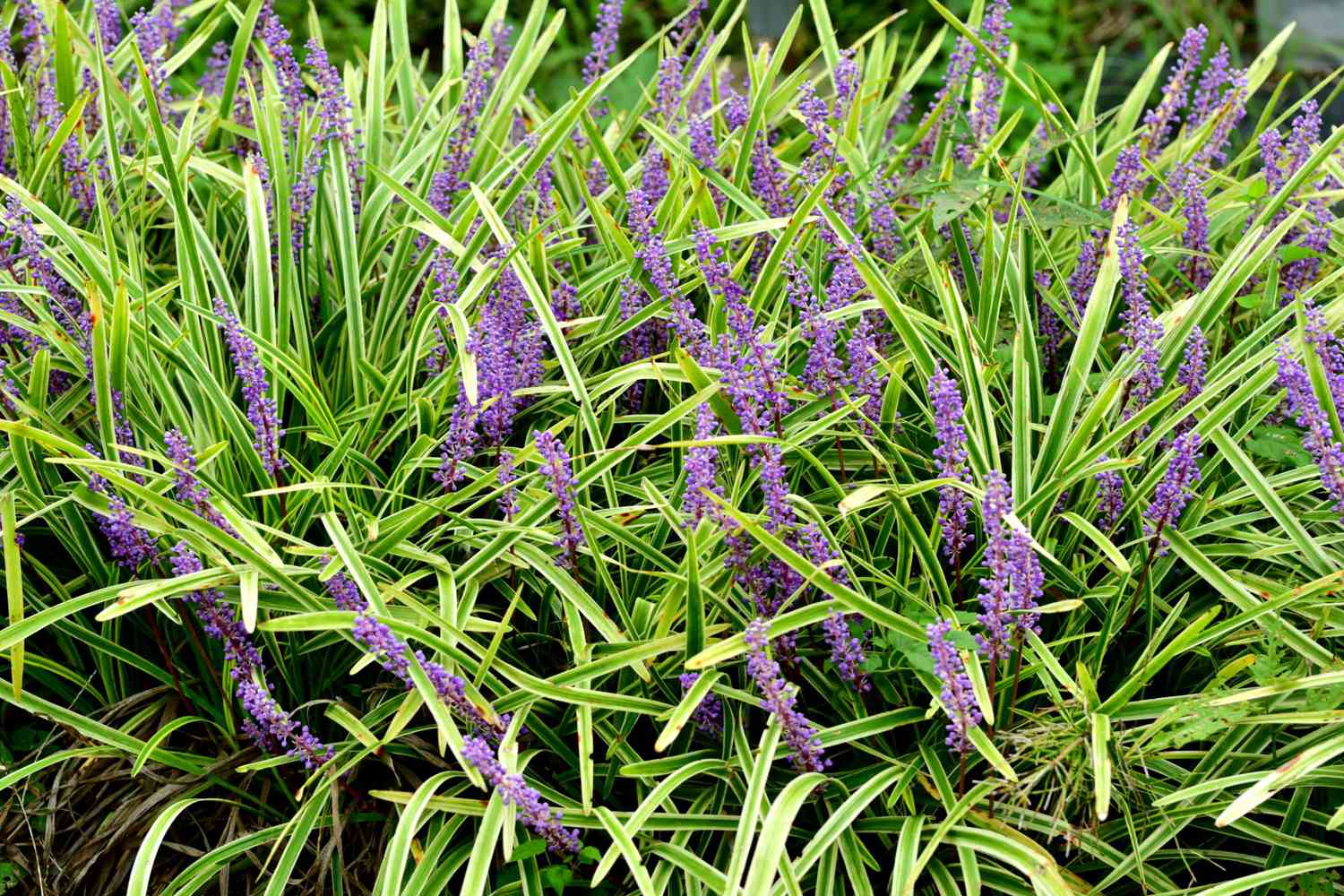

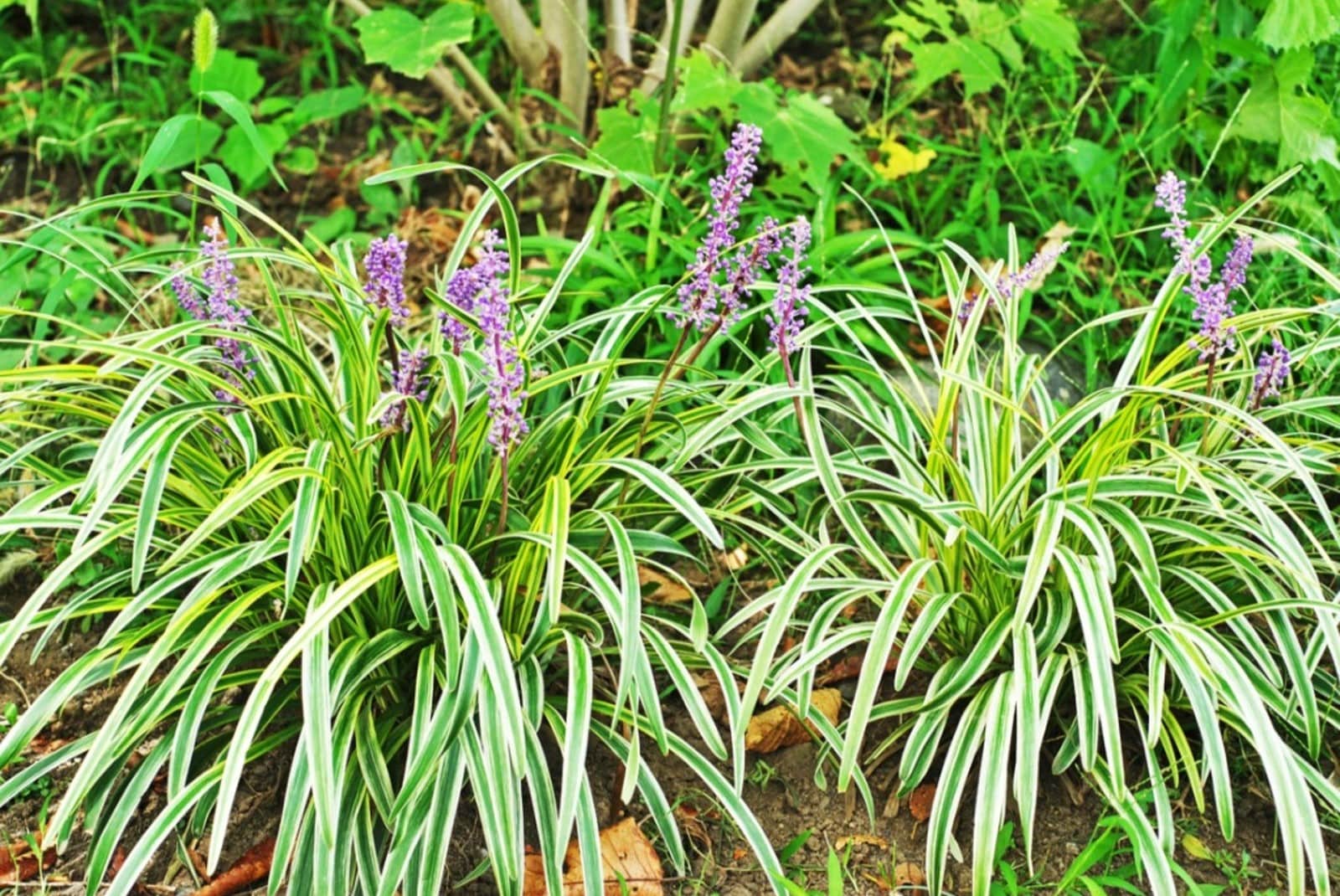
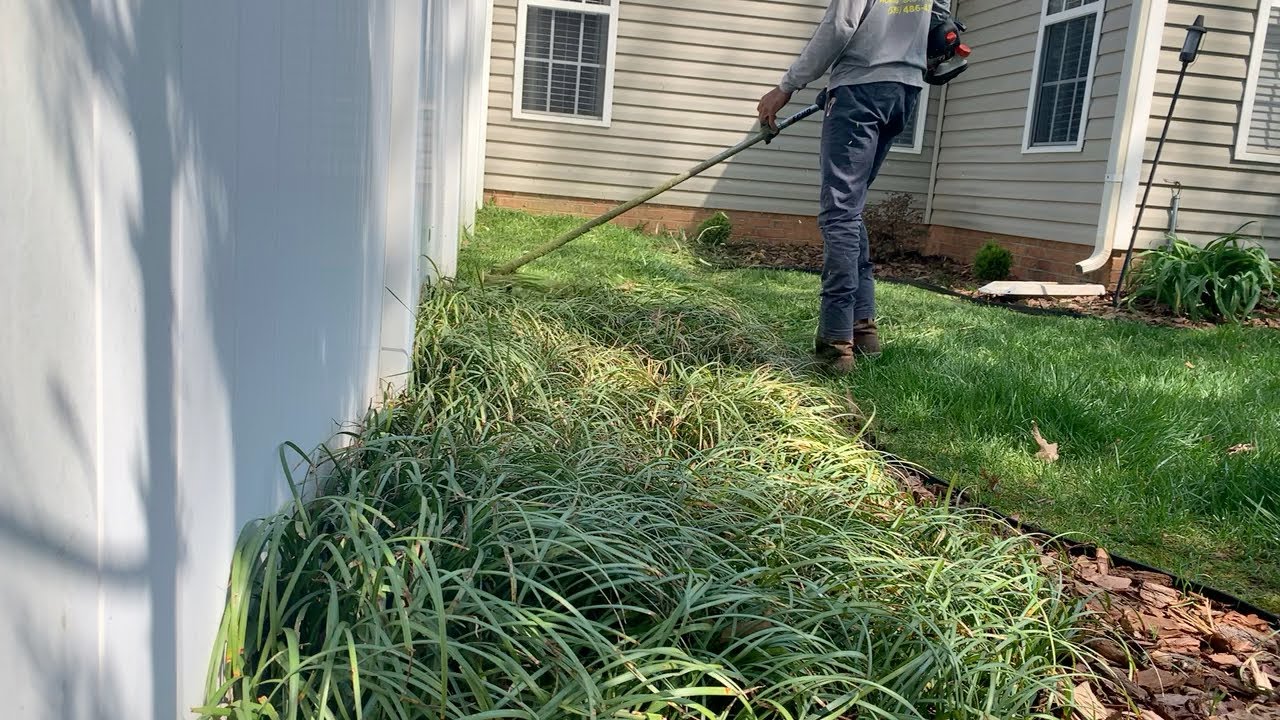
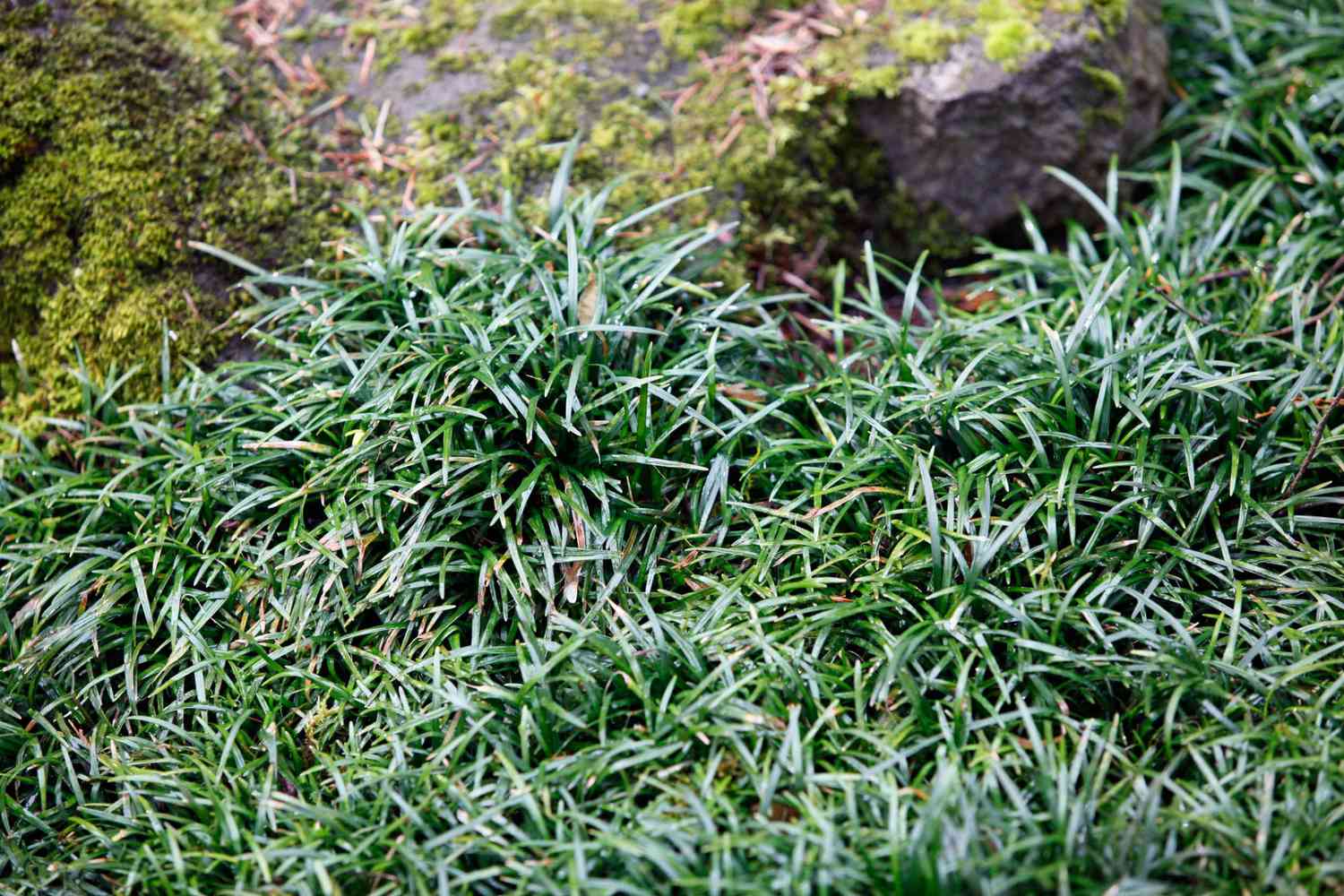

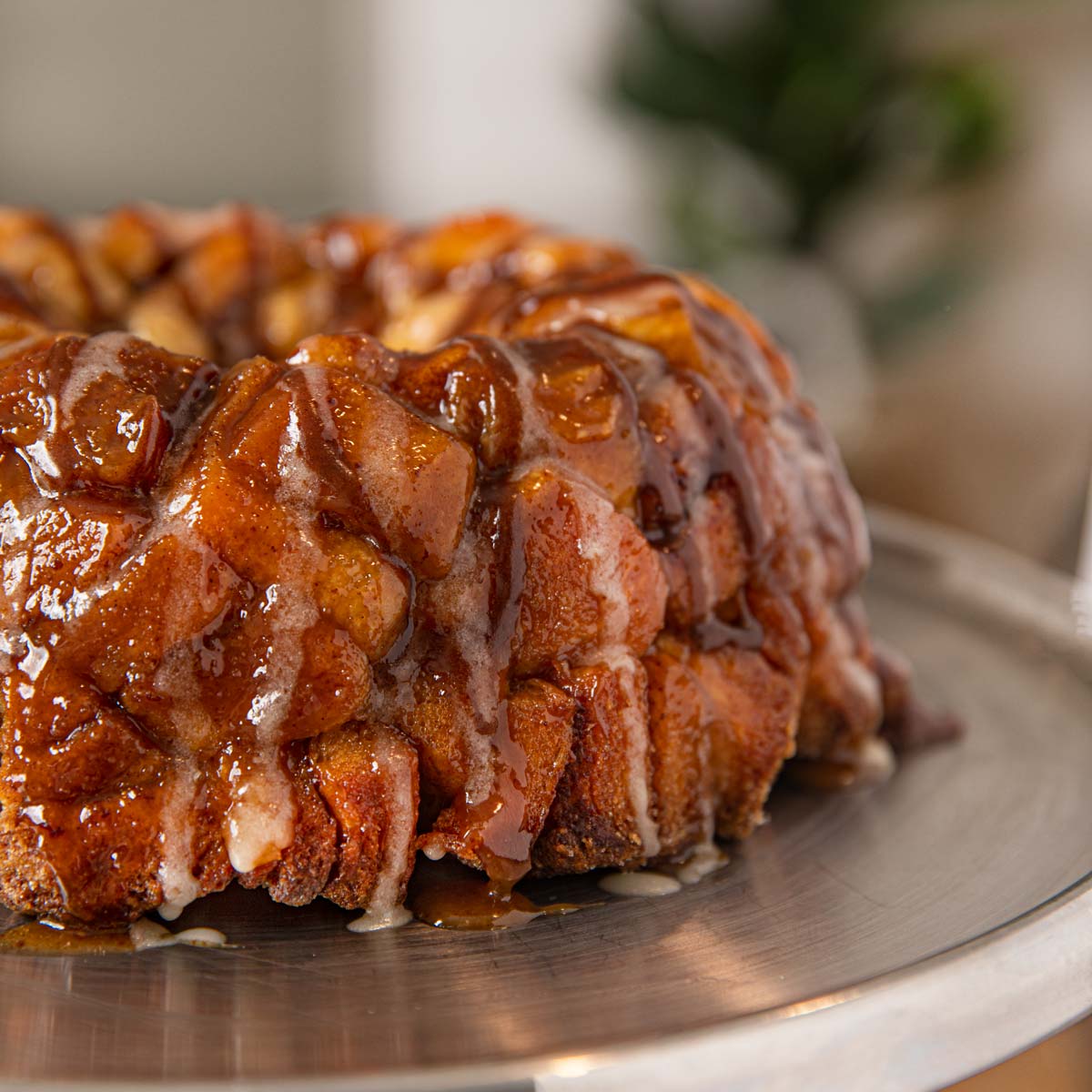
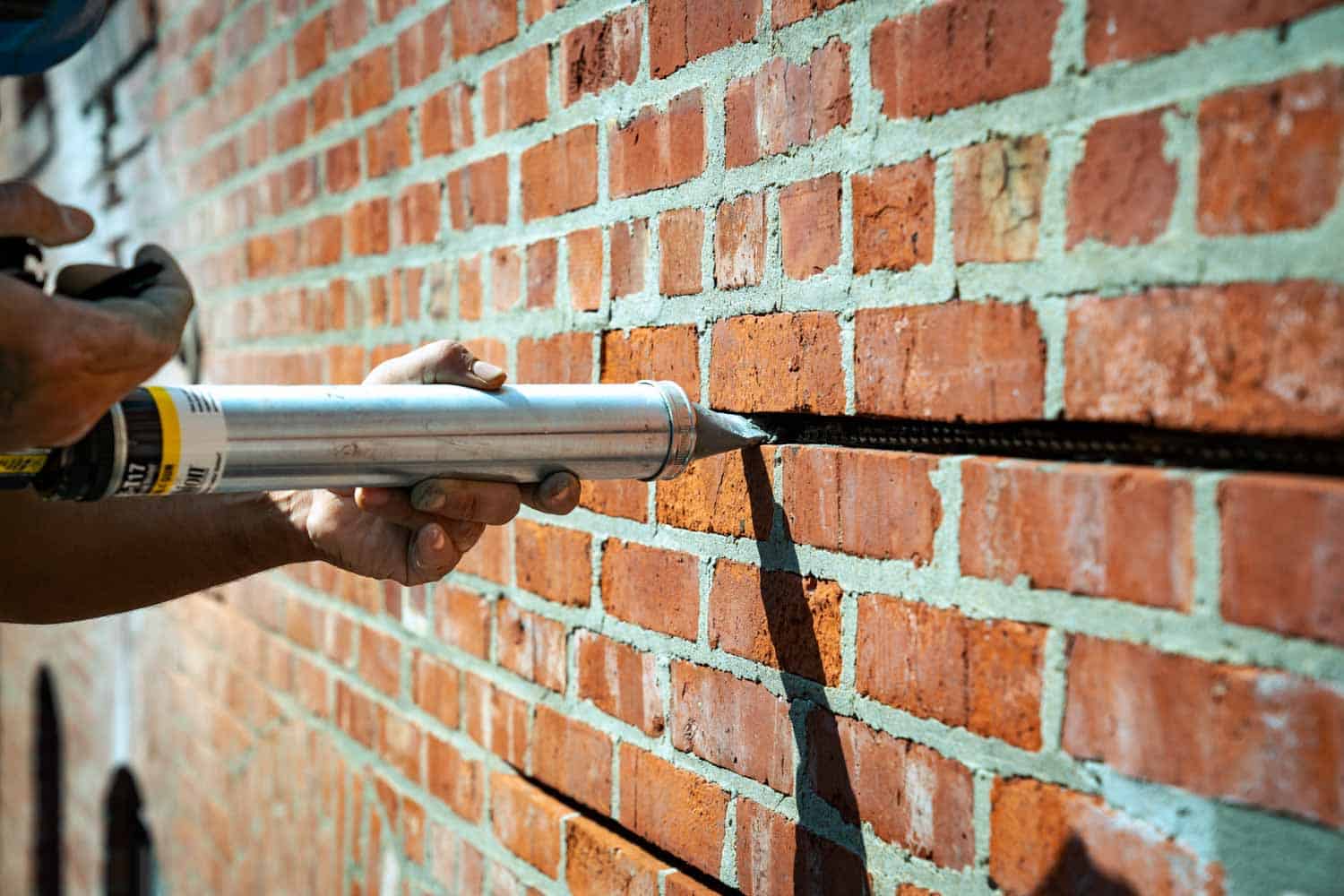

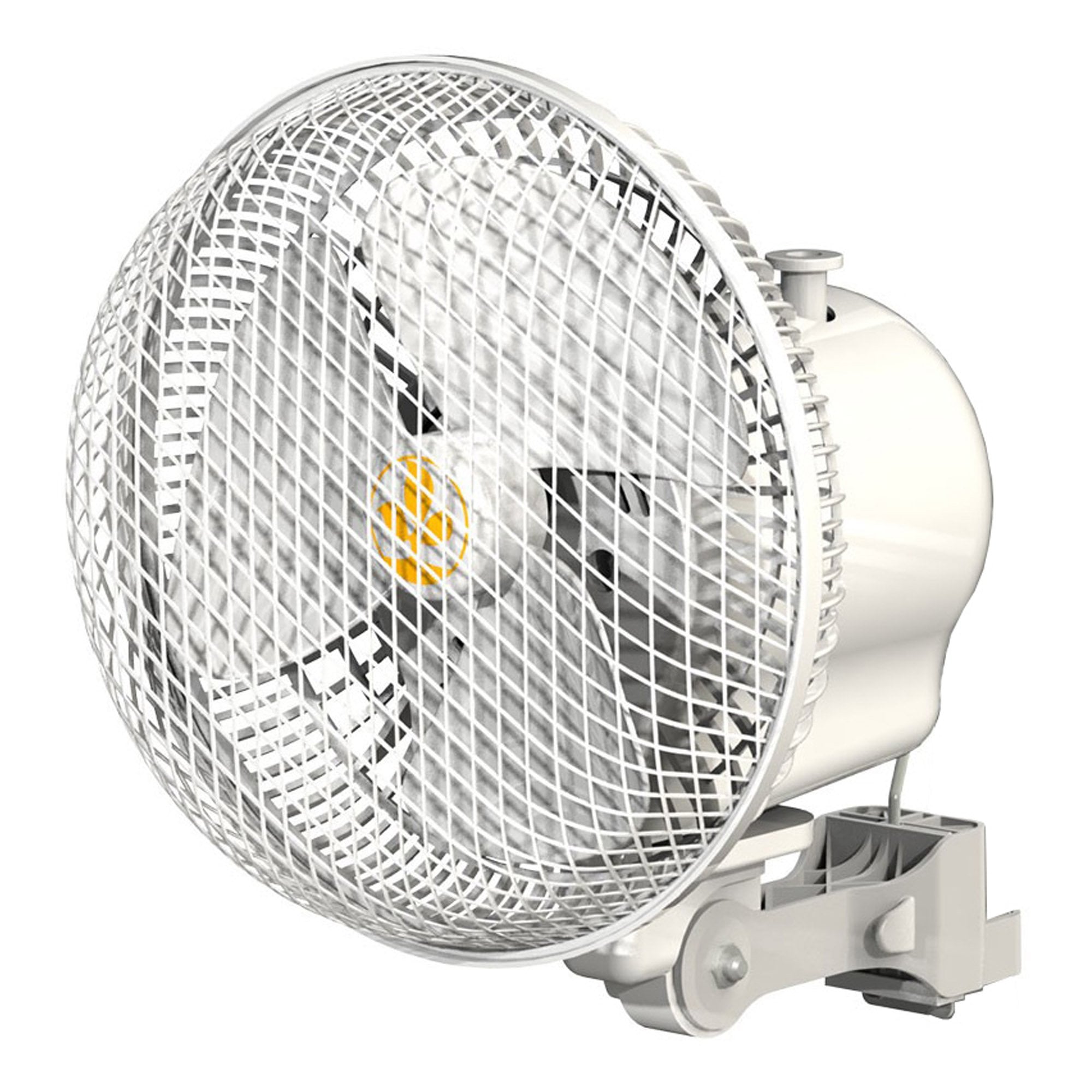
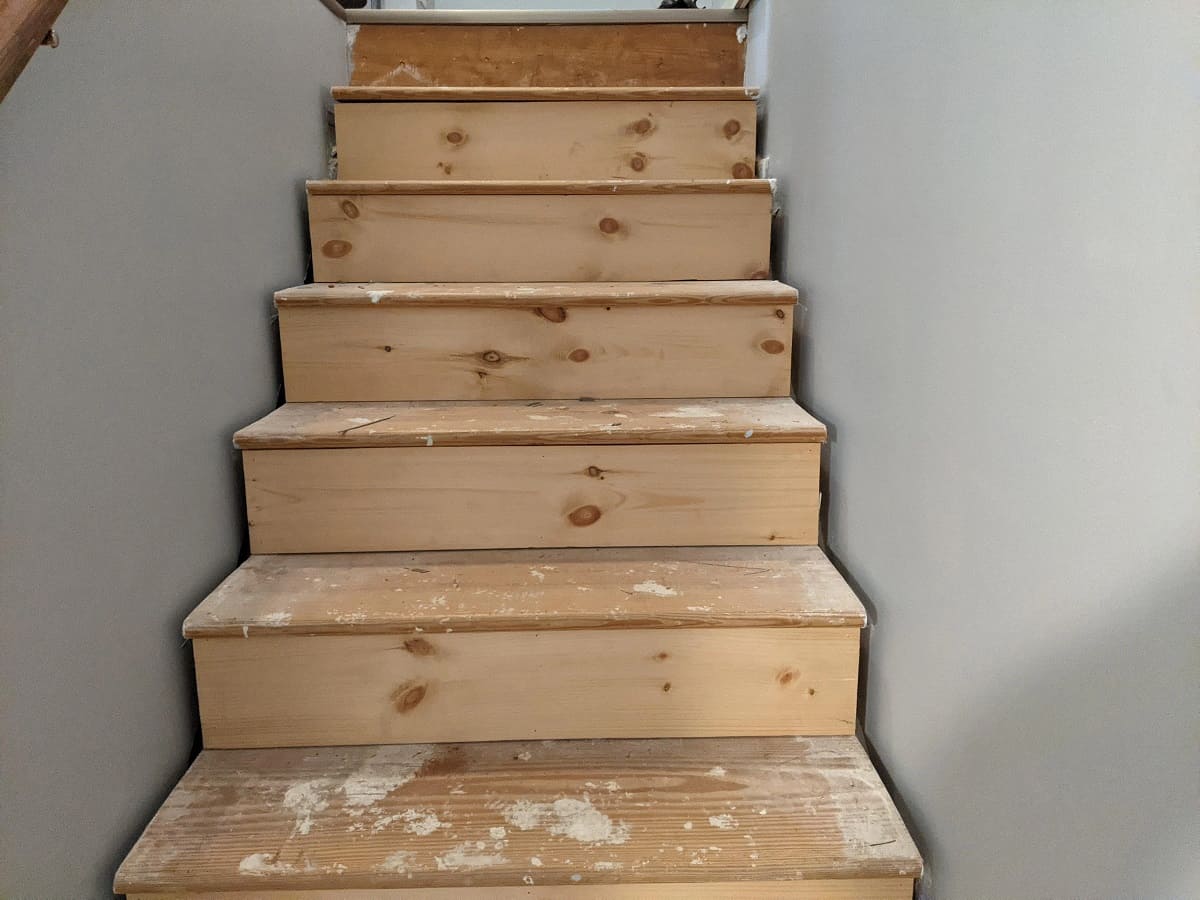


0 thoughts on “How To Separate Monkey Grass”